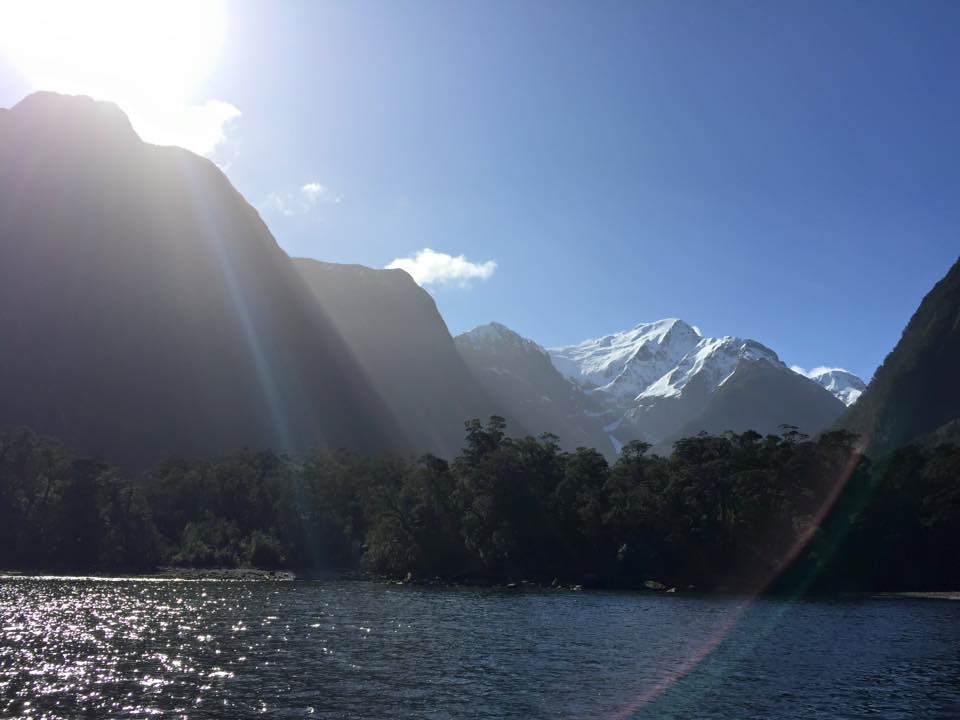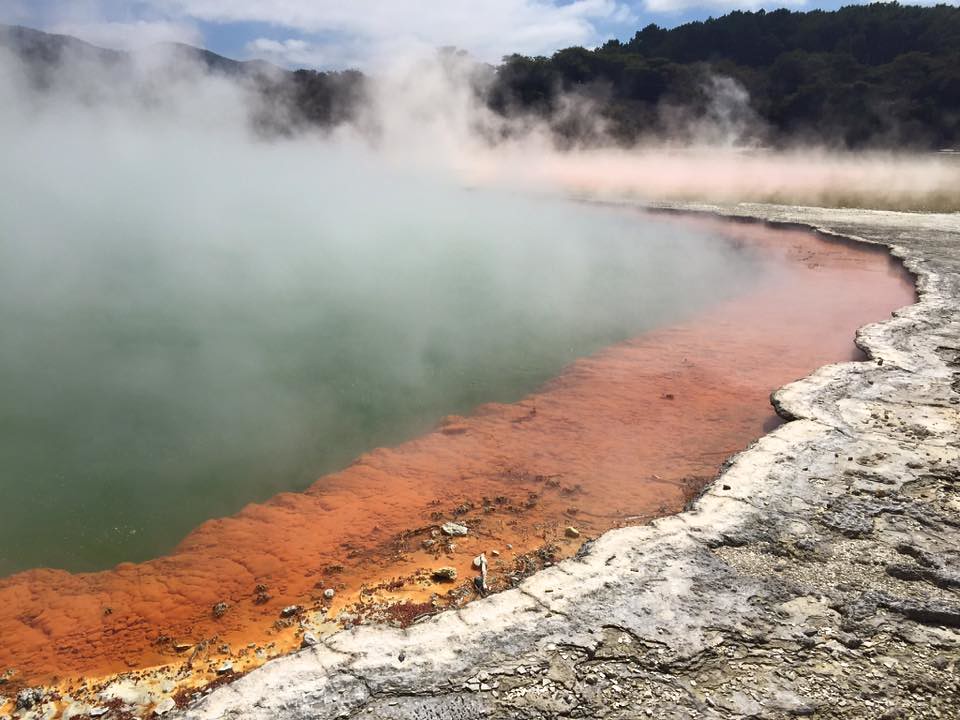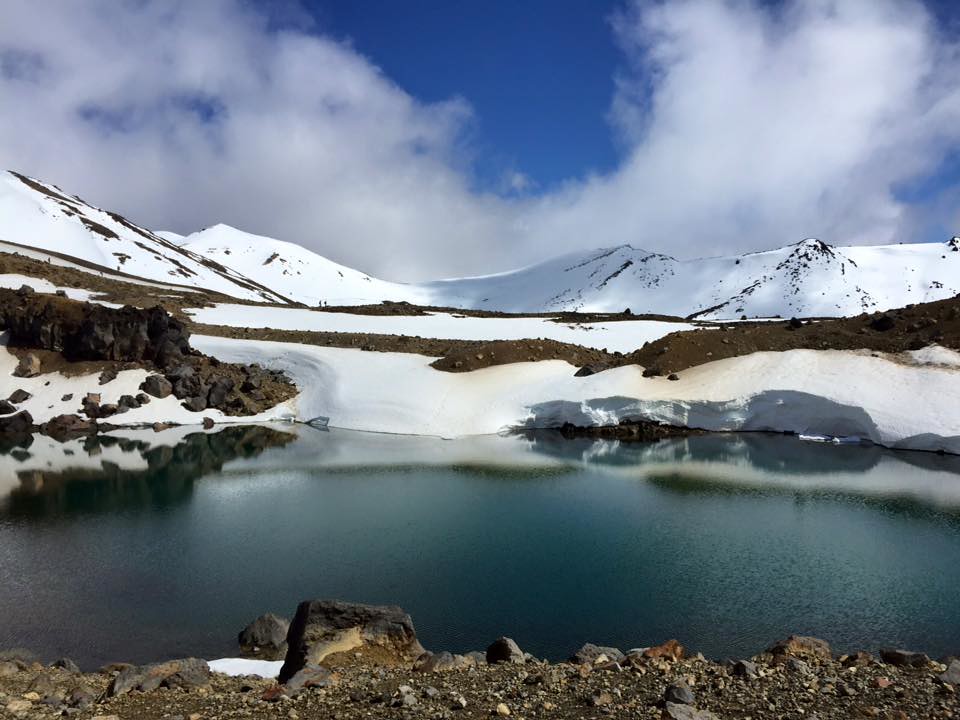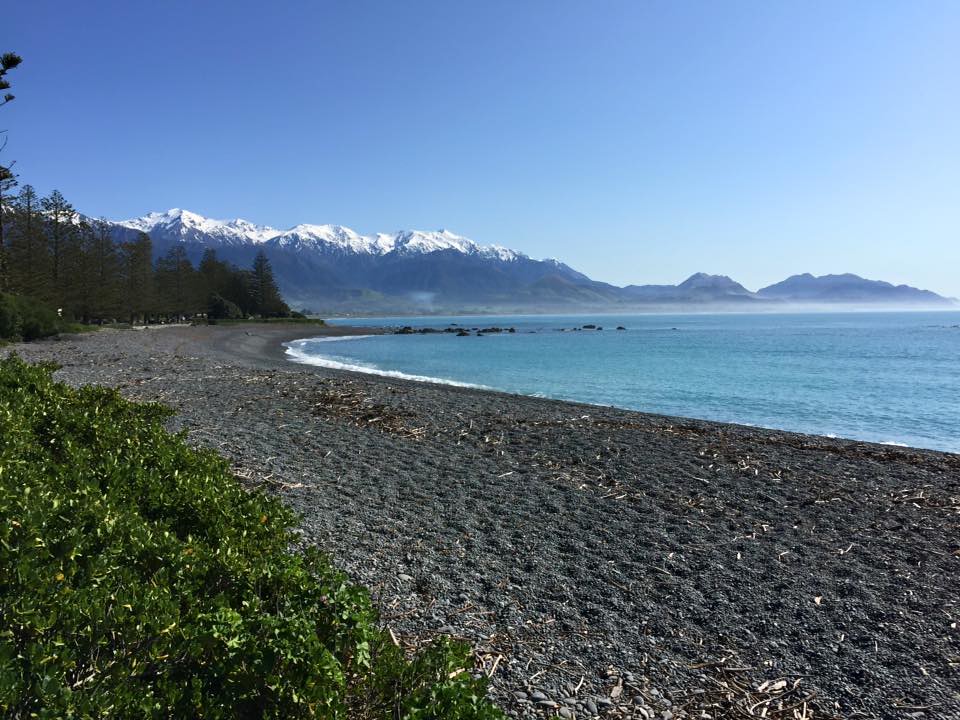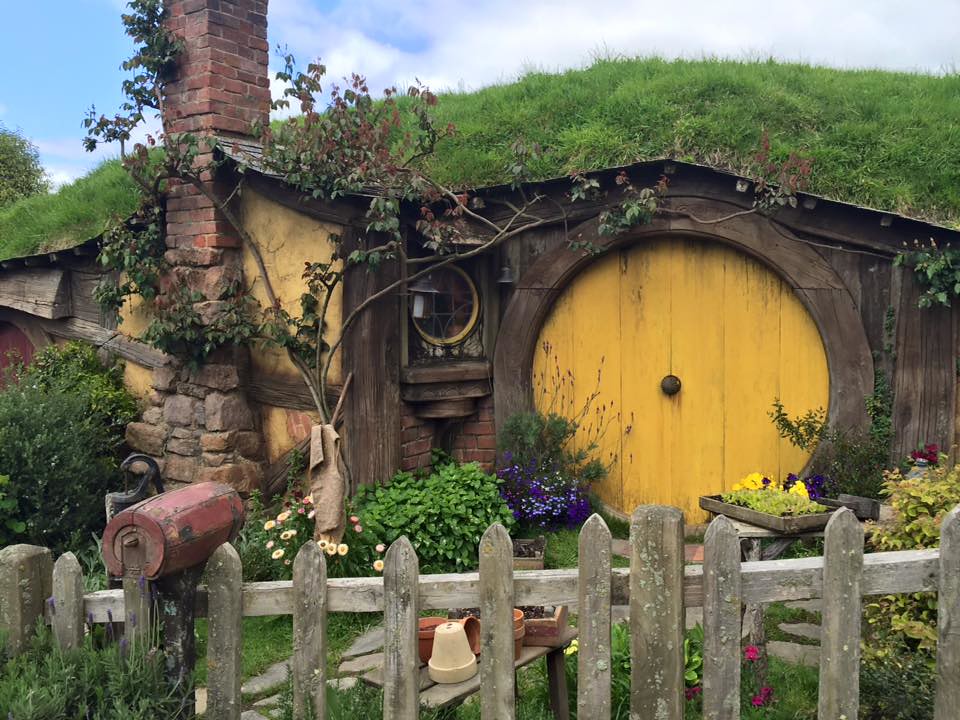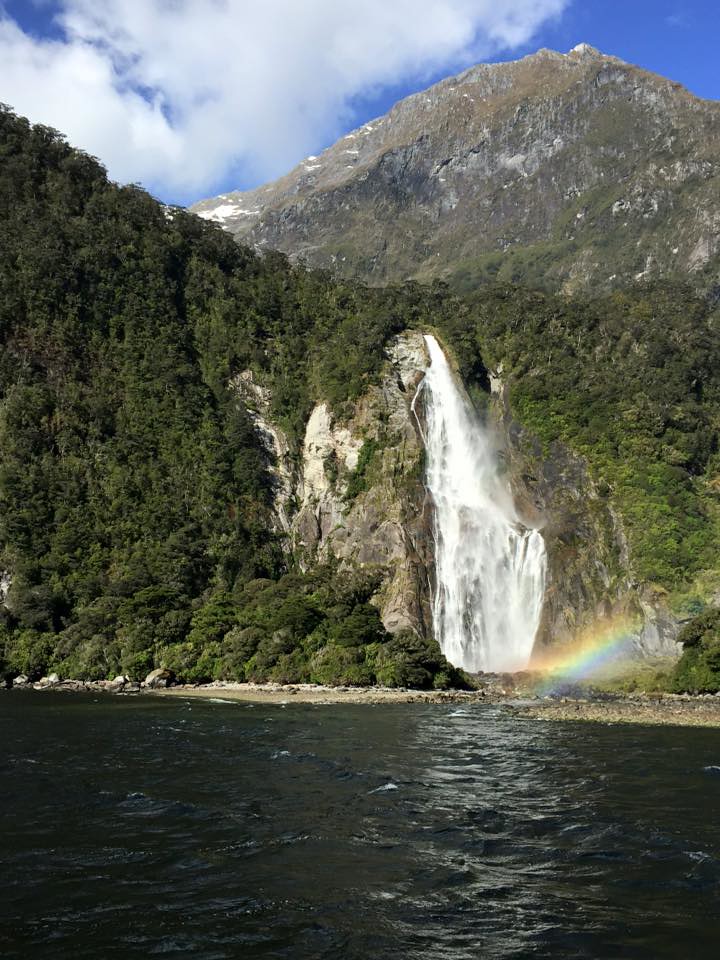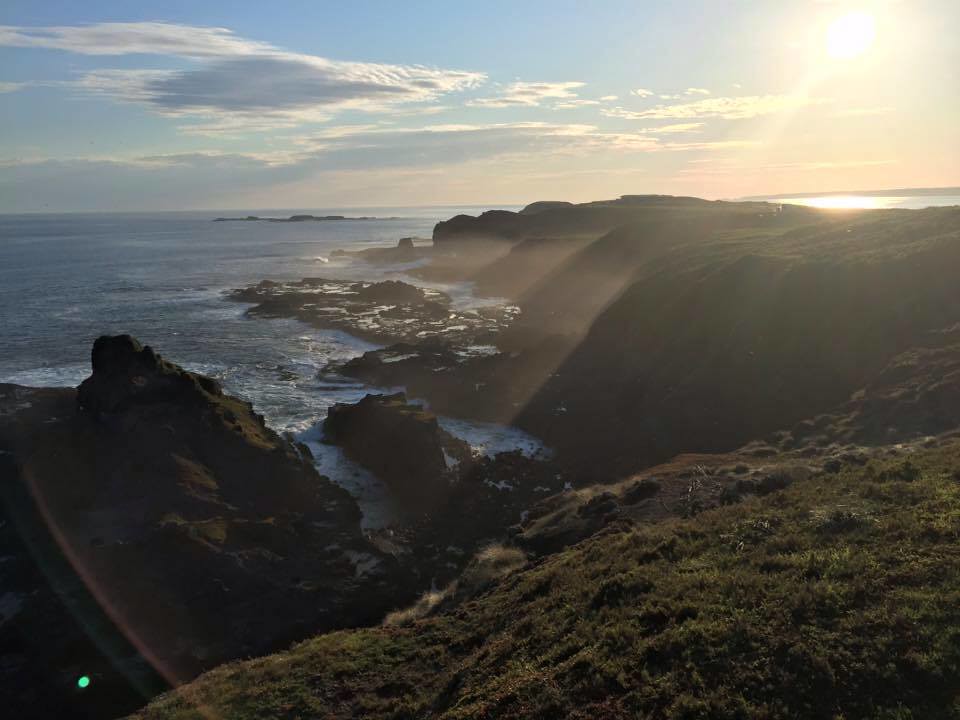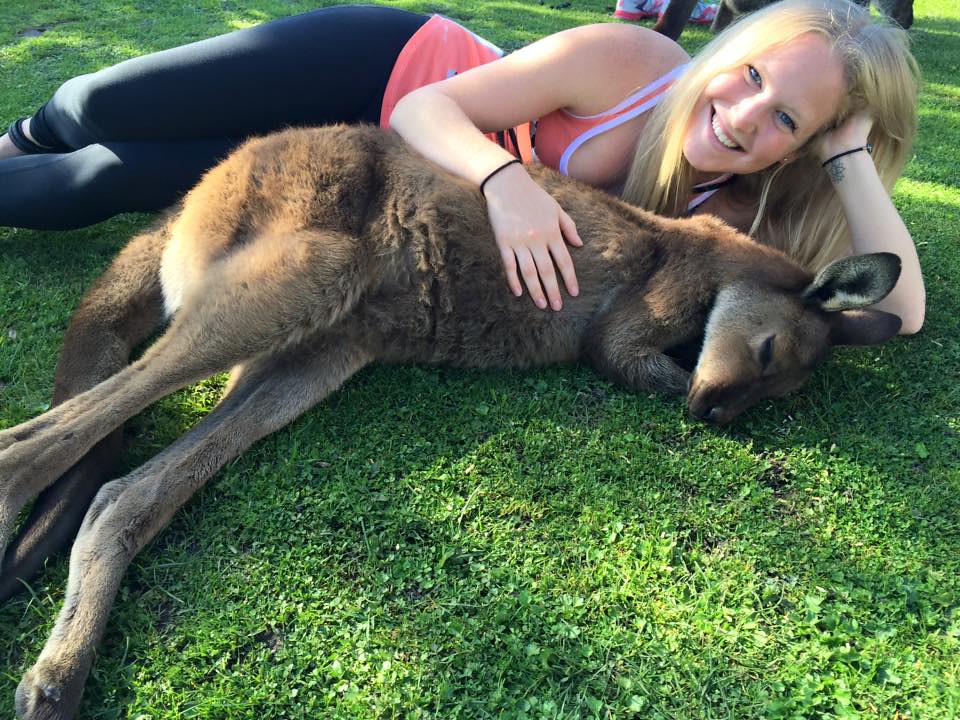Winter has been amazing in Portland. Growing up in an area on the northern California coast that is perpetually in rain or fog, the last couple years have been tough. Although the California drought was not as severe as further south, the unusual lack of moisture and hot, sunny days were unsettling, especially when the redwoods started shedding needles (even small branches) more than usual. So being further north in Portland where there was constant rain was comforting. Even though it did get wet enough for a couple mild flooding events, I was able to take comfort from the grey skies. But now spring is coming and I keep hearing about how colorful the spring bloom can be in Portland. And with the season change comes the field season.
Although a bit different from my original plan, I will start doing regular outreach for my thesis project starting in just over a week with the beginning of spring quarter. Originally I thought I would be doing this sooner, but after talking with some trusted cohorts and reading up on methods, I took this quarter to develop methodology. Collecting data via interview and participatory mapping to apply to natural resource management is still a newer and developing field. It is still somewhat experimental, and I wanted to make it easy for the interviewee to disseminate information. Talking about a place where you or a family member fished, hunted, or gathered is easy enough, but when you also have to place it spatially it gets a bit more tricky. Especially when you get down to coves so small there is no official name. Originally I thought I was going to be asking questions with a voice recorder, and handing over a tablet with an interactive map on it. But after reading through past projects and asking around with people that have done interviews before, I figured out this may be too much information and new tools at once.
Instead I am taking a step back from technology and going back to paper maps with 3-D topographic relief. These allow people to see the mountain ranges as a raised surface, much like you would mentally orient yourself on the ground instead of trying to interpret the landscape through flat topographic maps or on a tablet. I would be handling the tablet as I talk with the interviewee and making notes on a digital map, but the interviewee would not have to learn the software on the spot. I hope this would take some of the pressure off and make it a more relaxed setting.
That is just one portion of the project that has become much more concrete this quarter and the one that isn’t bogged down with lots of technical details. In the coming months as I am traveling back and forth from the coast I will try to remember to have my camera on me so I can share some of the gorgeous remote wilderness that makes up the Oregon coast.
I hope everyone can get outside and enjoy the coming spring.
Sabra Comet

